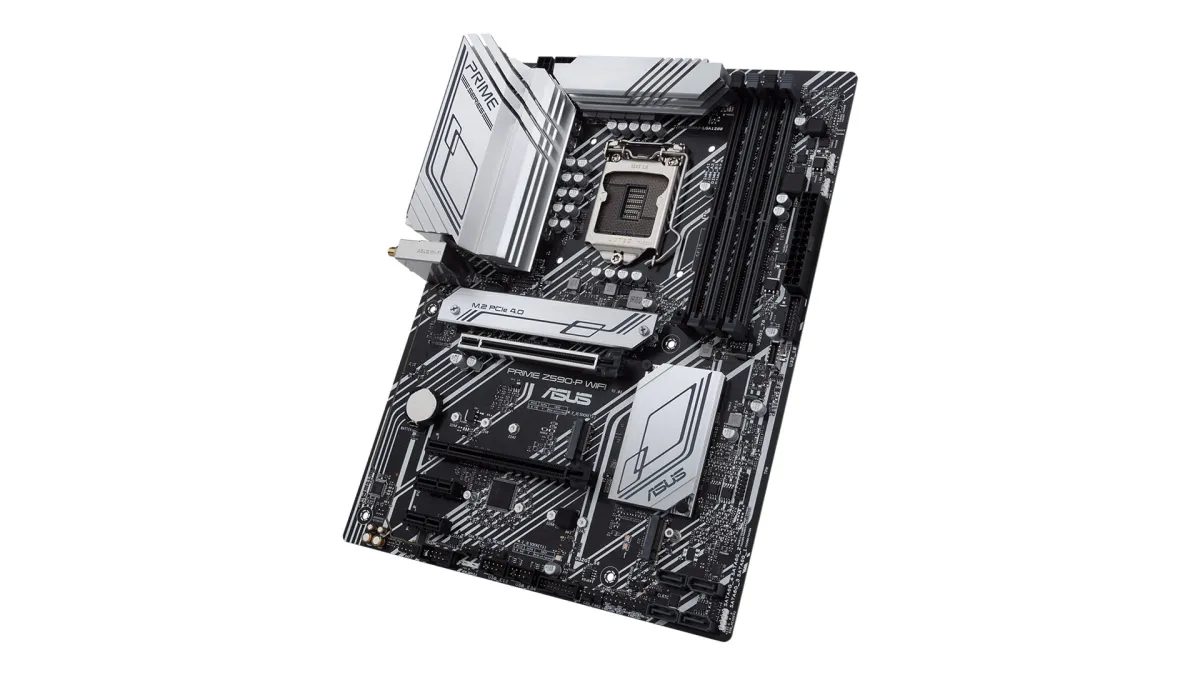Microsoft’s announcements regarding Windows 11 have created a lot of confusion to say the least. If you happened to browse Microsoft’s PC Health Check app and discovered that your recently-purchased hardware is incompatible with the requirements set forth, you’re not alone. Perhaps that’s why Microsoft backtracked on the recommendation to use the app. Most of the time, you just need to enable TPM 2.0 via your motherboard BIOS in order to get the green light. Frankly, most users are not familiar with how to do this though. As such, ASUS is making things easier with its latest BIOS update that enables TPM 2.0 automatically for those who want to get Windows 11.
TPM 2.0 is an existing security feature that Microsoft decided to require for Windows 11. Considering the endless stream of viruses and malware out there, plus how much hacking is going on these days, the added security measures do sound pretty reasonable. However, the only way to enable TPM 2.0 was to manually do so via the motherboard BIOS. It’s as easy at hitting F2 upon boot and navigating to the appropriate section. It’s also understandable that this process could intimidate mainstream users.
Some users are experiencing further complications with enabling TPM 2.0, though, and it can be labeled differently in various instances. To remedy the situation, ASUS is simply rolling out the BIOS firmware updates for various boards so that the feature enables automatically. You can head over to the dedicated Windows 11 BIOS update section on the ASUS website to get the appropriate download in addition to instructions.
Just flick the switch
If you prefer to go the manual route, just head into your ASUS BIOS and navigate to Advanced > PCH-FW Configuration > PTT for Intel boards. From there, enable the feature in the pulldown tab. For AMD, go to Advanced > AMD fTPM configuration and select Firmware TPM. This process may be similar for other motherboard manufacturers, but I only have an ASUS board on hand to inspect.
Don’t forget that BIOS upgrades should always be performed on a trusted, stable power source. If your PC shuts down during the process, you’ll risk bricking the motherboard unless you have at least a dual BIOS. Your CPU also needs to support TPM 2.0 and be eligible for the Windows 11 upgrade. You can find out which CPUs are compatible here.







Published: Aug 6, 2021 01:30 pm